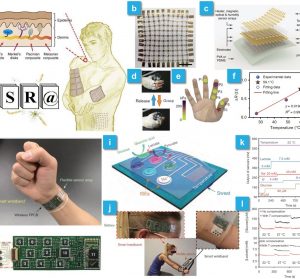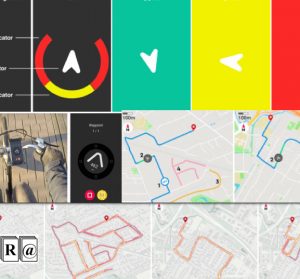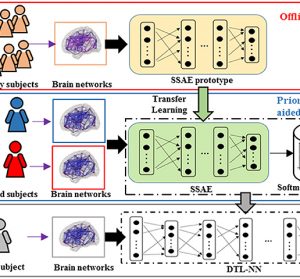A Time Domain Artificial Intelligence Radar System Using 33-GHz Direct Sampling for Hand Gesture Recognition
Abstract This article introduces a time-domain-based artificial intelligence (AI) radar system for gesture recognition using 33-GS/s direct sampling technique. High-speed sampling using a time-extension method allows AI learning to be […]











